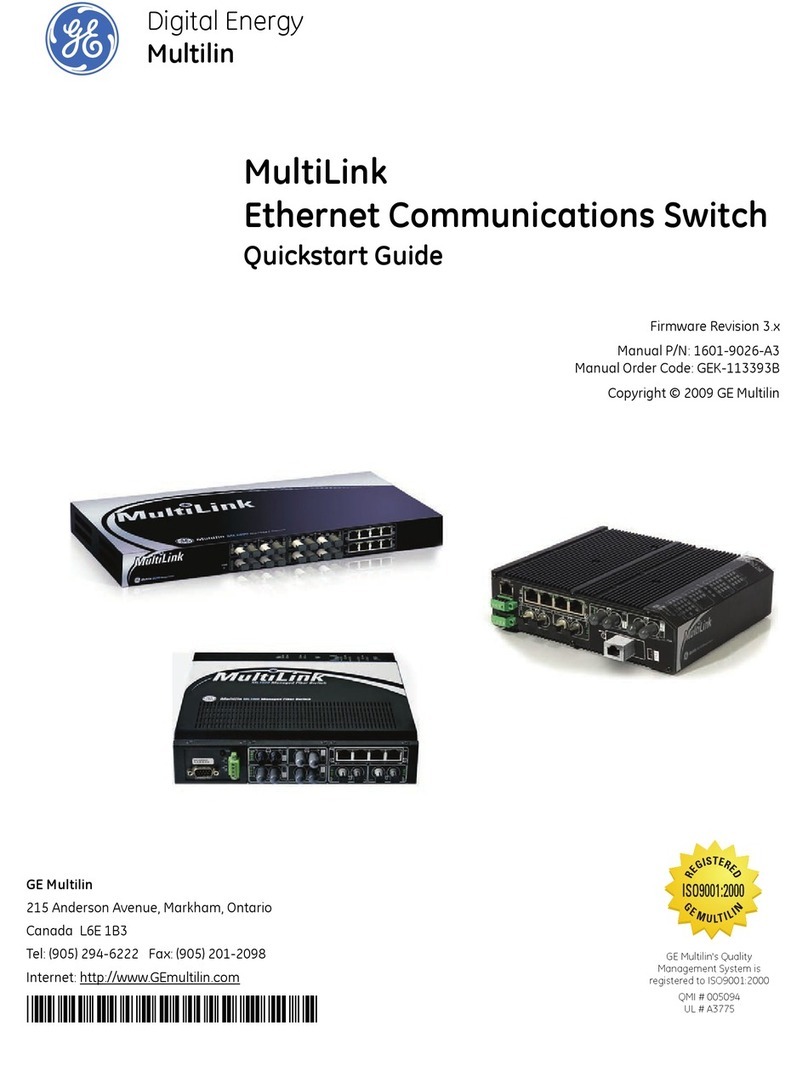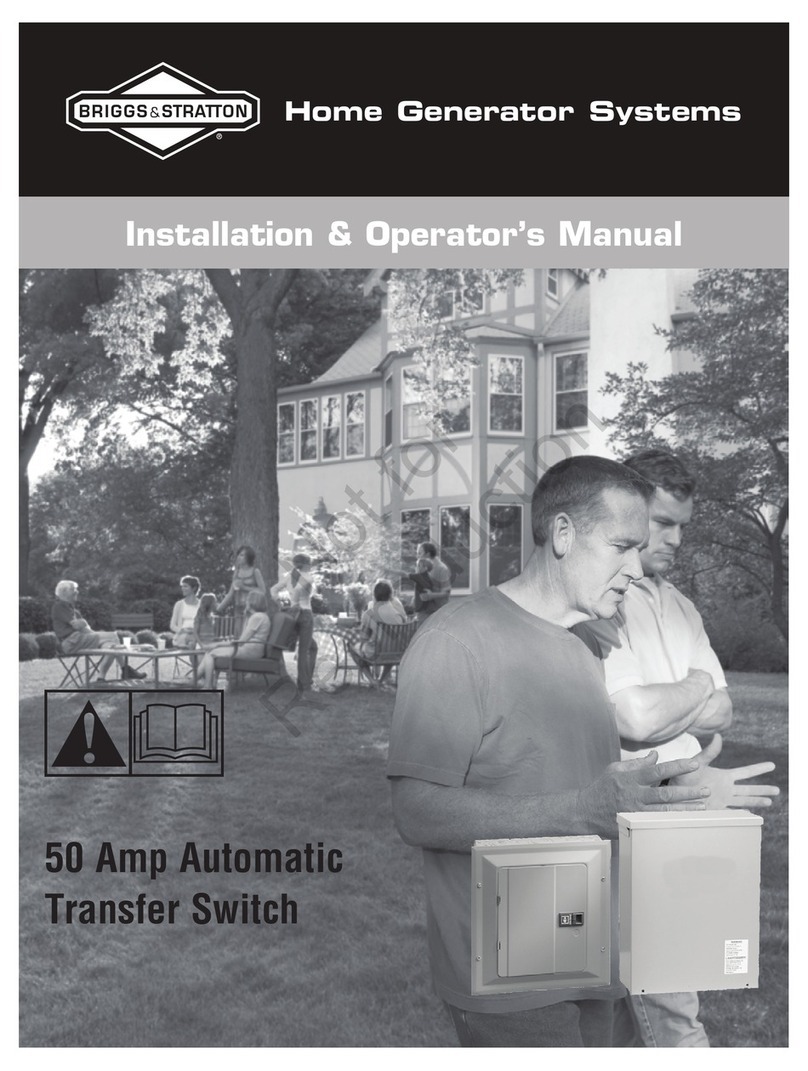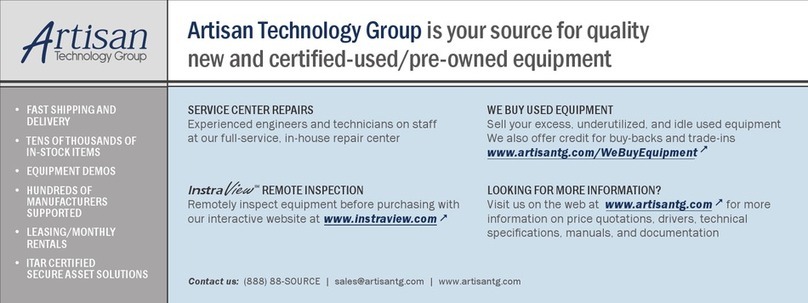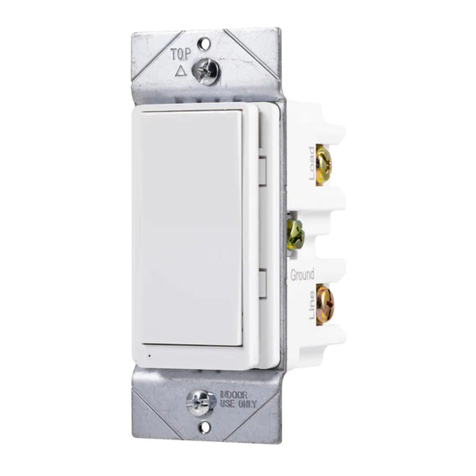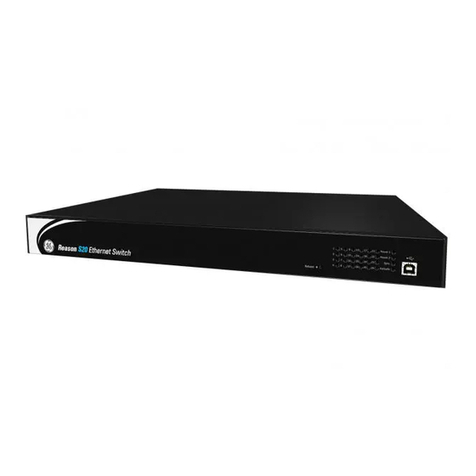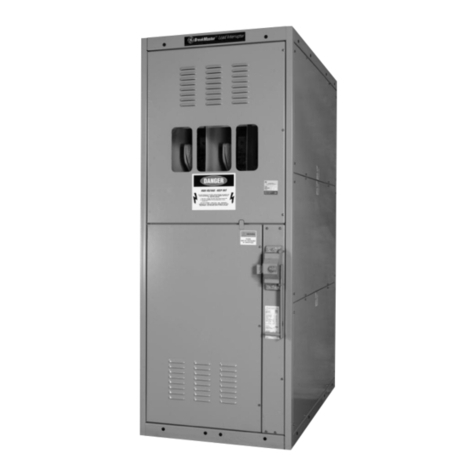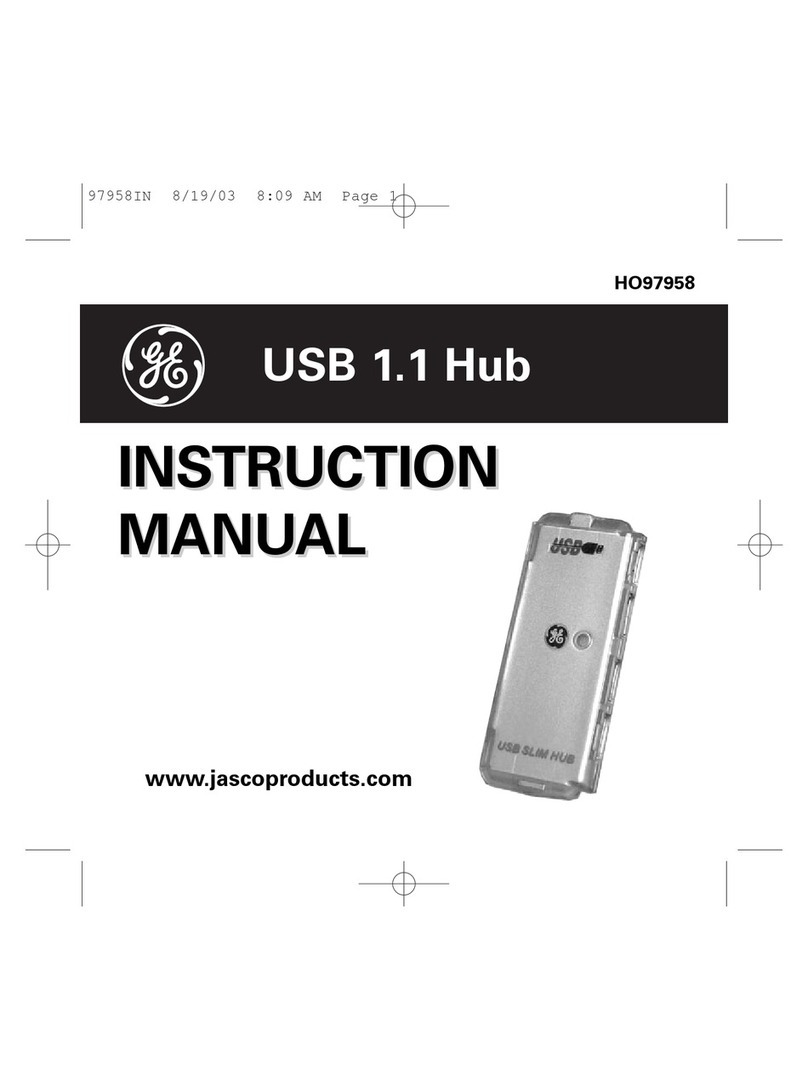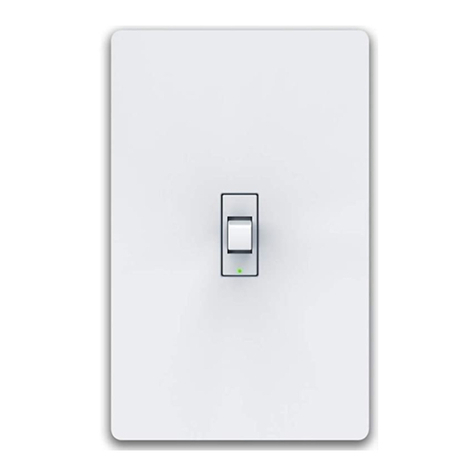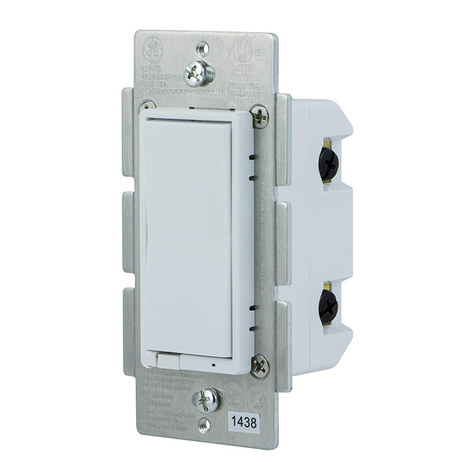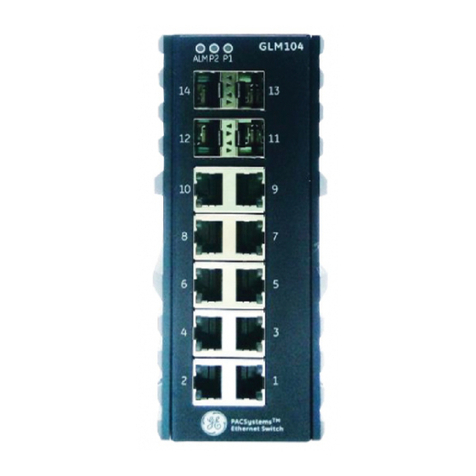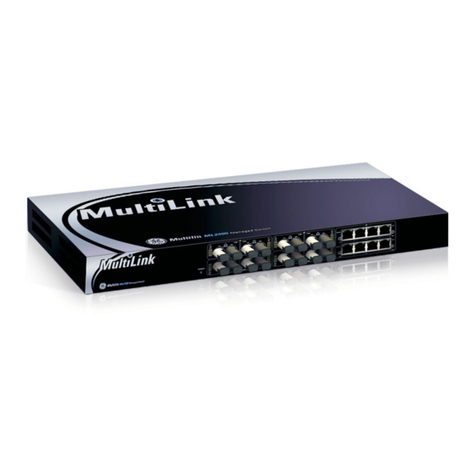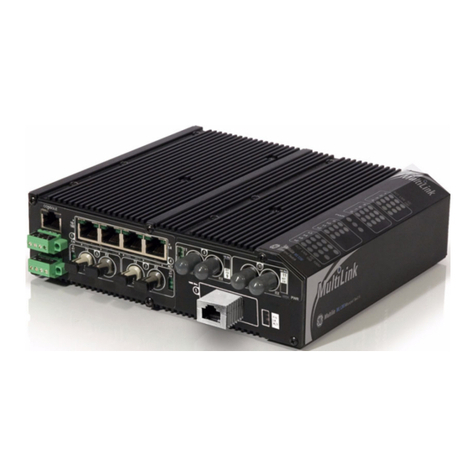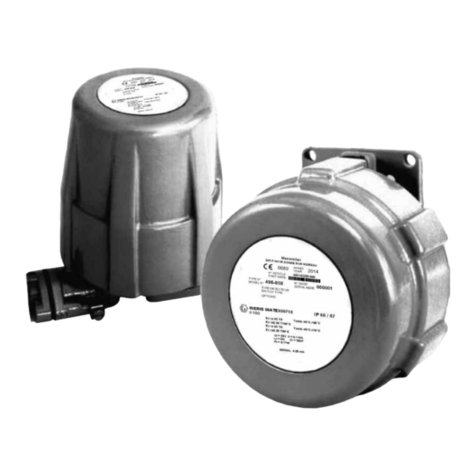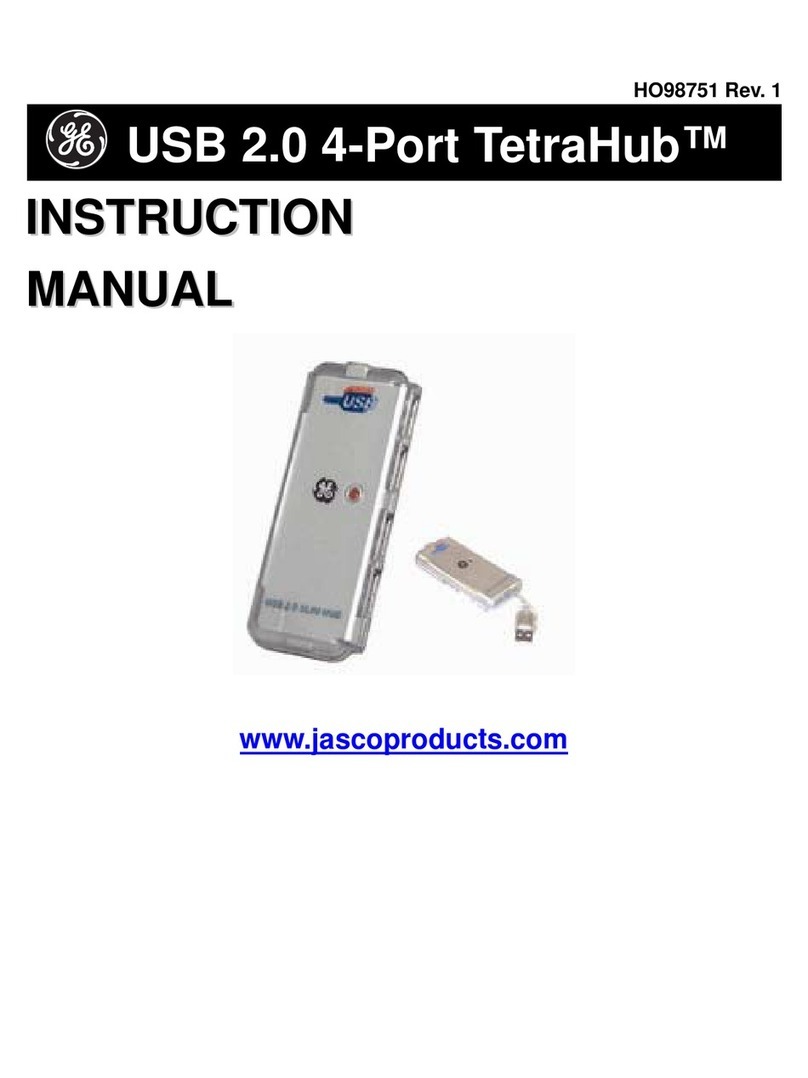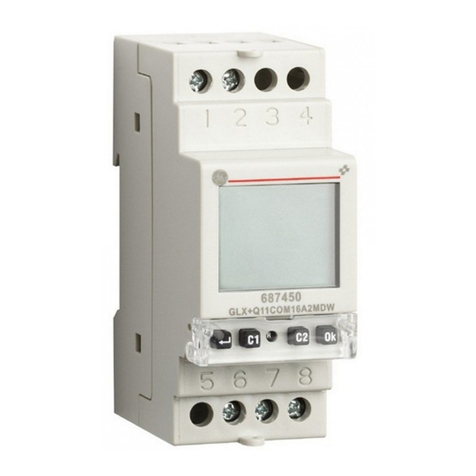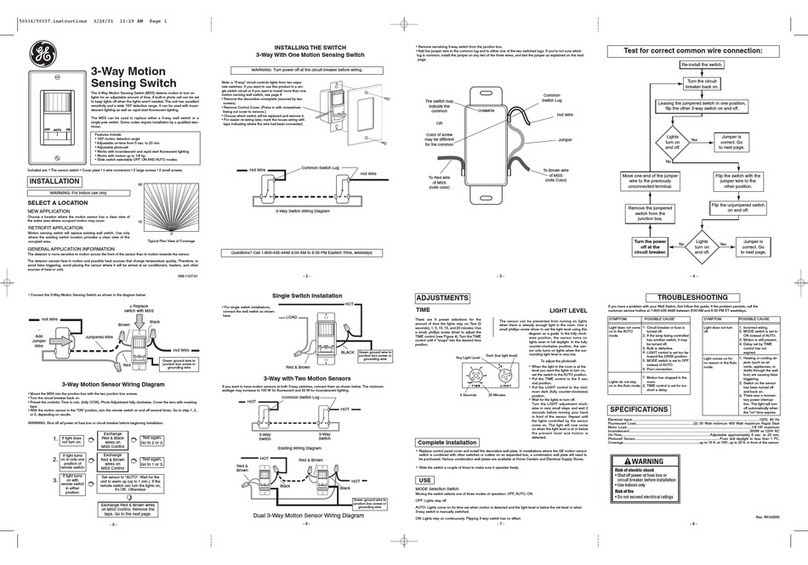
4
INSTALLATION, OPERATIONS AND MAINTENANCE MANUAL
General information
This manual contains procedures for receiving,
handling, storage, equipment installation,
operation, and maintenance and service of
ReliaGear LV SG low voltage switchgear.
Notice: The personnel responsible for installing,
operating, and servicing this equipment should
be thoroughly familiar with the contents of
this manual.
Before any installation work is performed,
thoroughly read and understand the material in this
instruction manual and the drawings furnished
with the equipment. The As-built documentation
shipped with the equipment includes the Summary,
Front View, Elementary Diagram, and Connection
Diagram. This material is located in a forward
compartment tagged "INSTRUCTIONS IN THIS
COMPARTMENT." The documentation provides all
of the information necessary for installation of the
switchgear. When requesting information from
ABB, include the complete data appearing on the
equipment nameplate, requisition number,
summary number, and elementary diagram
number. The nameplate is located in
the lower left, front corner of the lineup.
When requesting information concerning any
specific item furnished with the switchgear, refer
to that item by description, part number, its
location within this manual, and any applicable
drawing number. Any material external to the
equipment, which may be required to meet local
codes (such as mats, screens, railings, etc.), is not
furnished by ABB.
If there are any questions or requirements not
covered in this manual or in the accompanying
drawings, please contact your ABB
sales representative.
Introduction
Instruction book arrangement
Information and procedures in this instruction
book are divided as follows:
Introduction: gives a brief account of the
equipment's function and provides for general
information, and applicable data for the equipment
and its components.
Receiving, handling and storage: describes
procedures required for receiving and handling the
equipment and how to prepare it for
short-or long-term storage.
Switchgear description: describes the ReliaGear LV
SG low voltage switchgear and its various
components. Included are the section enclosure,
breaker compartment, circuit breakers, instrument
panels and instrument compartments, bus bar
arrangement, incoming cable and busway, ground
and neutral bus, outdoor equipment, and auxiliary
section. This section also explains how the
electrical and mechanical components perform
their assigned functions.
Equipment installation: provides the information
needed prior to installation, site location and
foundation requirements, and how to anchor
the equipment properly and safely. It also covers
installation of peripheral equipment and includes
information on electrical connections and
mechanical construction.
Installing and removing circuit breakers: gives
a step-by-step procedure for lifting the breaker
from the floor, installing it on draw-out rails, and
moving it into the connected position.
A further procedure is given to withdraw a breaker,
remove it from the draw-out rails, and lower it to
the floor. Also included is a description of the
rejection system provided to avoid the inadvertent
use of an incorrect breaker
in a breaker compartment.
DANGER
WARNING
CAUTION
NOTICE

